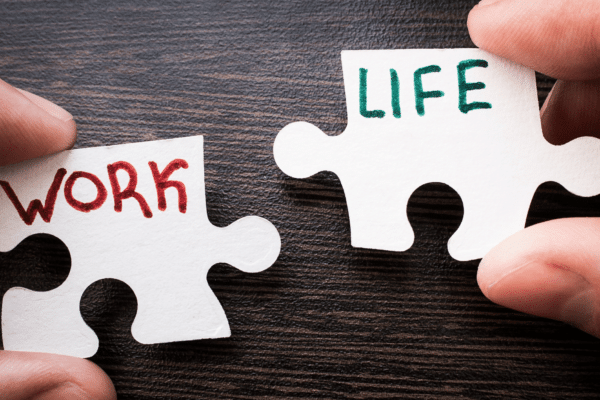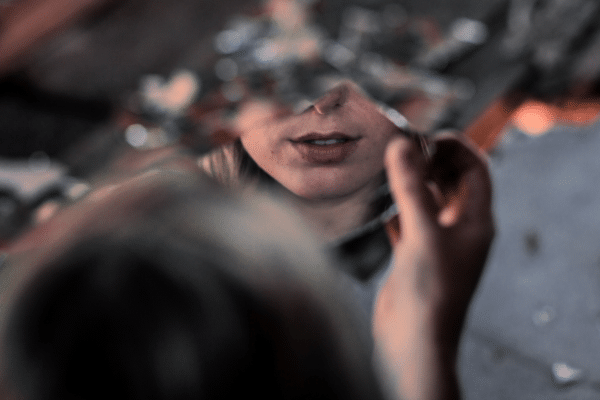The subconscious mind is a fascinating place, one that we are only starting to grapple with its complexities to begin to understand it.
What we are understanding now is there are many underlying processes that we are not aware of that can govern and manipulate our conscious decision making and behavior. And I hate to break the negative truth, but modern industries like marketing, social media and design all use this often to their advantage.
One of the more common ones is manipulating our decision making through gratification. Our brain uses small chemicals called neurotransmitters that help our brain function and perform complex cognition. And while there is a lot more to neurotransmitters, brain functions, learning, memory and all that other brain stuff that
we will discuss here, to keep it simple – some actions, behaviors, or objects we see will activate reward systems in our brain chemistry that make us feel good and happy.
The main reason we have these responses is to help us make good decisions for ourselves and forge better habits. However, something like receiving likes on your Instagram post triggers this response to help reinforce this behavior so you are more likely to do it again in the future.
The real problem is the larger effects this can have on your behavior. An addiction to chasing those easy neurochemical highs like using social media and other digital media can reduce your likelihood of pursuing those longer term gratifications. And the issue there is missing out on longer term projects, activities or development because the gratification is much further away and requires more effort.
So why would we choose them? Well quite often, studies have found, the gratification and positive benefits we can receive from these delayed gratifications is often much larger than immediate ones. Take for instance the feeling of getting those lovely little red notifications on Facebook from your status update versus having a short conversation in Italian at your local patisserie after practising on Duolingo the past week. Or to depart from technology, eating two minute noodles for dinner versus following a recipe to make delicious Ramen from scratch.
So why does delayed gratification have more positive emotion attached to it? This may be attributed to the difference between pleasure and happiness. As described by Robert Lustig – “Pleasure is short-lived, visceral, can be experienced alone, and can be caused by substances or behaviors while happiness, on the other hand, is long-lived, ethereal, usually social, and cannot be had from substances or behaviors.” So substances and behaviors like mysterious two minute noodle spices and getting likes on social media can create pleasure, but sharing your homemade Ramen recipe or teaching someone an Italian phrase can create happiness. And those new skills are long lasting, shareable, memorable and show dedication, growth and development.
So the picture I am trying to paint is that there is a lot more oomph to delayed gratification and can lead to far more happiness than short term gratification ever could. And I like to view personal development in this light. The amount of happiness you can create in your life through long term practise and change in your mindset, personality and mental fitness is huge. And there will be elements of pleasure along the way of course, but true, shareable, ethereal, social and long lasting happiness will enrich your life and let you blossom.
This doesn’t mean you need to delete your Instagram or throw out your noodles. But keep this difference in mind when you’re being present to what you’re doing to help make the decisions between short term or delayed gratification to help lead to a life of happiness.
Let’s get in touch and work together to make the change impactful, or you can visit our website to find out more!






